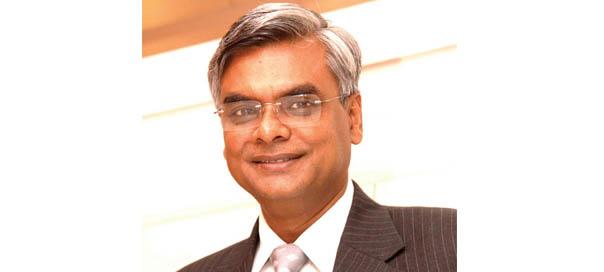By Devansh Sharma and Rashi Bisaria
As Honda expands its reach and makes conscious efforts to penetrate Tier II and Tier III markets, its campaigns are designed to take the brand to the masses using local flavours and language, especially Hindi. Jnaneshwar Sen, Senior VP, Marketing and Sales, Honda Cars India says newspapers are very effective when it comes to giving factual information to customers, while television commercials build up the emotional connect
With a tagline that promises to ‘change your world’, the Honda Amaze campaign took the country by storm in 2012-13. At a time when the automobile sector was at its lowest ebb and Honda’s premium positioning was not working in its favour, Honda decided to change its own game by launching its sedan, the Amaze. It was the first model from the Honda stable available in a diesel variant and with its launch, Honda made a deliberate shift from its premium positioning to enter the mass market.

The success of Amaze in the Indian market is a lesson in marketing. How did it bring about a change in thinking, create awareness about the product proposition and win over the masses? In April 2013, Honda’s print ad campaign for Amaze was launched as a full front page ad in leading newspapers. It came with a tagline ‘Badle aapki duniya’. It also launched a nationwide TV campaign, for the first time in regional languages. When asked about Honda’s ability to connect with the Tier II and Tier III markets, Jnaneshwar Sen, Senior VP, Marketing and Sales, Honda Cars India says, “With the launch of new models in our product portfolio like Honda Amaze and soon-to-be launched mid-size stylish MPV Mobilio, Honda is expanding its reach and making conscious efforts to penetrate the Tier II and Tier III markets. In line with the target audience, our campaigns are designed in such a way that the Honda brand comes across as a very trusted brand with a lot of warmth that seeks to reach out to masses using local flavours, multiple casts and multiple languages.”
Honda’s shift in positioning has been gradual, but holistic. Honda cars appeal to diverse customer profiles including first time buyers, upgraders from hatchbacks and multiple car-owners. In fact, there is now an increasing trend of growth in Honda sales in the Tier II and Tier III markets. “More than 65% of the Amaze nationwide sales and more than 50% of sales of all-new City have come from Tier II and Tier III cities,” adds Sen. The rise in demand in these markets is as much due to the product range as it is due to a deliberately calibrated marketing strategy. The print medium has played a crucial role in connecting with these new buyers. Sen explains, “The success of newspaper advertising in India is due to its wide reach and visibility. We use this medium very effectively during new product announcements and later on for sustenance campaigns. We have also evolved tools to measure the effectiveness. Another benefit of newspaper advertising in India is that there are different newspapers in different languages, and in this way we can easily capture our target group and advertise accordingly to meet our business objectives. Vernacular press has a greater connect with the public. In small towns, the importance of vernacular press is far higher in comparison to English newspapers.” The Hindi medium of communication is especially crucial for Honda as 30% of its national sales come from North India. The North being one of their priority markets, Honda has been focusing on communication in Hindi.
A recent example of how Honda connected with various customer profiles is the Amaze campaign which was multilingual and depended on a 360-degree approach last year. “During the launch of Amaze, we launched a 360-degree campaign which included print and we got a good response. When it is about disseminating information directly to customers, newspapers are very effective. The purposes of newspaper and TV communication are different. While newspapers provides factual information, television commercials build up the emotional connect with viewers. A combination of both is like hitting the head and the heart. Television, a major source of entertainment, hits the heart while print, which provides facts, hits the head,” says Sen. This two pronged approach has worked well for the auto brand. Television and print are both important advertising mediums for Honda in Tier II and Tier III cities. Word-of-mouth has also played an important role in creating awareness.
Honda’s global sales for the last financial year reached the four million mark. The brand is looking at further growth from emerging markets such as India. Honda Cars India has reported a 17.8% increase in domestic sales. The company is now getting ready to enter the MPV segment, with the upcoming launch of the midsize 7 seater, the Honda Mobilio. The brand is in the process of developing its next campaign which is scheduled to happen close to the car’s launch date. The brand is once again geared towards a campaign which can connect well with the audience. Honda’s ‘head and heart’ approach might once again work well for the brand.
























